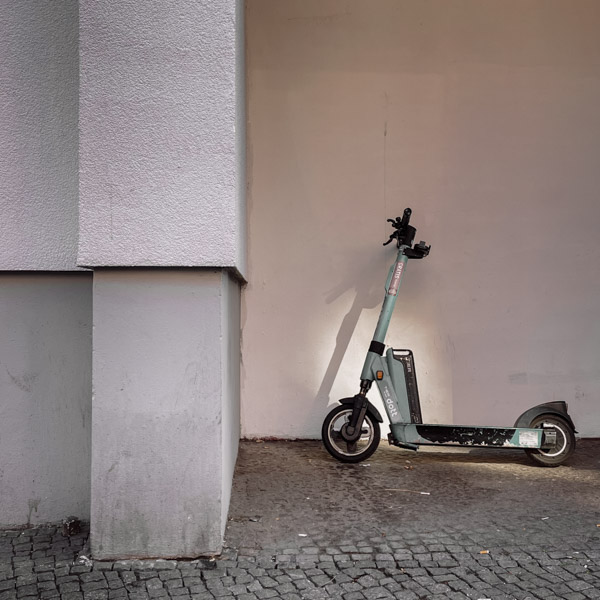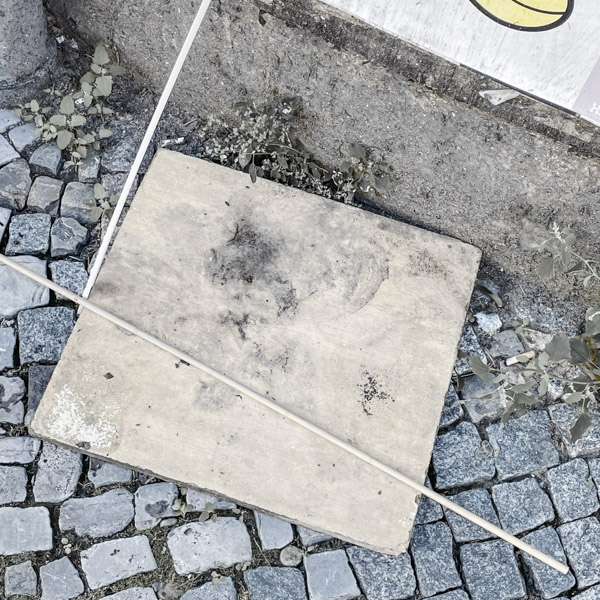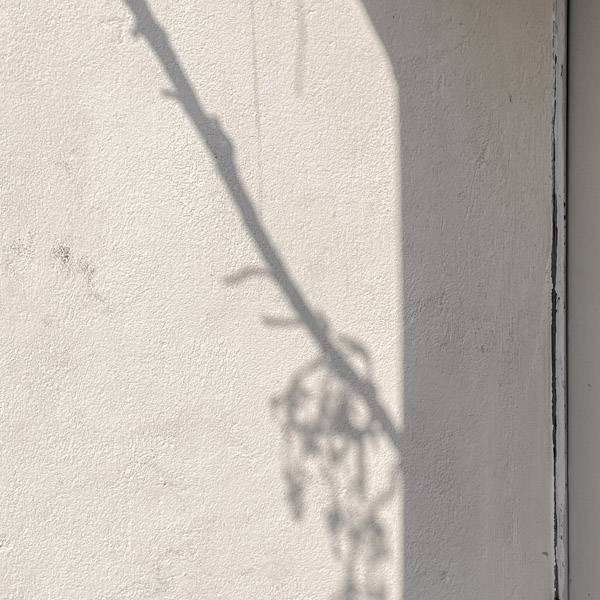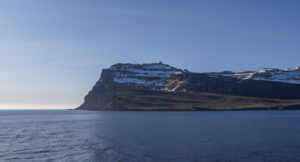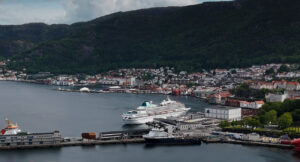Urban Still Life: The Macro Poetry of the City
When I walk through a city, I don’t look up. I don’t search for skyline views, landmarks, or photogenic façades. Instead, my gaze drifts downward—toward the edges of the pavement, the corners of buildings, the gaps between bike stands and trash bins. What I find there are not monuments, but remnants: a shoe tossed aside, an e-scooter resting on its side, a broken shelf, a discarded toy, torn packaging, flattened cans. These fragments of everyday urban life are the raw materials of what I call the macro poetry of the city.
What Is Macro Poetry?
This term refers to something small, easily overlooked, yet layered with accidental meaning. It’s about capturing those micro-scenes—the unintended compositions that emerge when trash, color, light, and structure come together in a moment of unplanned harmony. It’s not macro photography in the technical sense. It’s macro in its scale of focus, attention to details that disappear in the grand view.
This is not documentary work. It’s not even traditional street photography. It’s more of an urban still life practice. Each image is a visual poem made from waste and weather, from what the city throws away or rearranges by chance.
Looking at the Ground
This way of seeing involves slowing down, watching for surfaces, cracks, and contrast. You may pass by the remains of a torn office chair leaning against a wall next to a bright blue milk crate. The worn plastic, the sharp geometry, the contrast of materials—they all come together for a moment, forming a composition worthy of a frame.
Or take the chaotic elegance of a burst garbage bag, its contents half‑spilled onto the sidewalk, next to a pair of crumpled shoes and a vivid red soda can. It’s not pretty, but it’s visually rich: layers of meaning, textures, and a suggestion of a human presence, now vanished.
What makes these moments compelling is that they are unplanned. They are not arranged or curated. The city itself has created them—through time, neglect, human movement, or weather. The role of the photographer is simply to notice.
A Shared Sensibility
Other photographers have followed similar instincts, even if under different names.
Some have photographed discarded objects in situ, respecting their found position while revealing their expressive potential. In these works, a lone chair in an alleyway becomes a symbol of absence. A bicycle missing its front wheel, leaning on a graffiti-covered wall, becomes a quiet comment on impermanence.
Others explore the unintended design of broken infrastructure. Cones, wires, improvised barriers—these city interventions form temporary sculptures. Photographers capture them not as failures but as fleeting expressions of urban adaptation.
Some focus on street-level surfaces—markings, stains, torn posters, layered paint, or gum—that create abstract fields of color and form. These fragments often resemble collage or painting. But they are entirely photographic, discovered rather than created.
This approach to photography has little to do with perfection or control. It’s about openness. The city gives us images if we choose to see them.
Why It Matters
In a time when photography often emphasizes the spectacular—the epic landscape, the perfect sunset, the dramatic portrait—macro poesie reminds us of the ordinary. It suggests that the everyday city, in all its clutter and disorder, is full of quiet visual stories.
These images are not about nostalgia or social critique, although both may be present. They are about presence: being here, seeing what is under our feet, and finding something meaningful in what was meant to be discarded.
Final Thoughts
To engage in this kind of photography, you don’t need expensive equipment. You don’t need to travel far. You need patience, curiosity, and the willingness to stop for something others walk past. You need to look down, to notice the broken, the unwanted, and the strangely beautiful.
That is the essence of macro poesie: finding poetry in the fragments of the street.
Here are some photographers whose sensibilities parallel to macro poesie:
Edson Chagas – Found Not Taken
Chagas photographs abandoned urban objects in situ—lonely chairs, mismatched sandals, plastic bags—positioned against city architecture. These quiet scenes become symbolic of consumption, abandonment, and place. His series won the Golden Lion at the 2013 Venice Biennale ([Wikipedia]). Like your compositions, they elevate discarded matter into visual metaphor.
Marcos Chaves – Buracos (Holes)(Rio de Janeiro)
Chaves documents holes in the streets often filled with random warning objects—sticks, bricks, spray paint—creating spontaneous urban interventions. His work blends street sculpture, found object, and photography to map the city’s informal gestures ([Wikipedia]). These accidental sculptures mirror your interest in accidental compositional geometry.
Ulrich Wüst – Citybilder(East Berlin, 1979–85)
Wüst’s work didn’t focus on iconic landmarks, but on voids between structures, empty patches, and industrial decay. He described his photographs as “images of intellectual‑spatial situations,” showing how overlooked architecture and empty urban space can speak for themselves ([Art Blart]).

